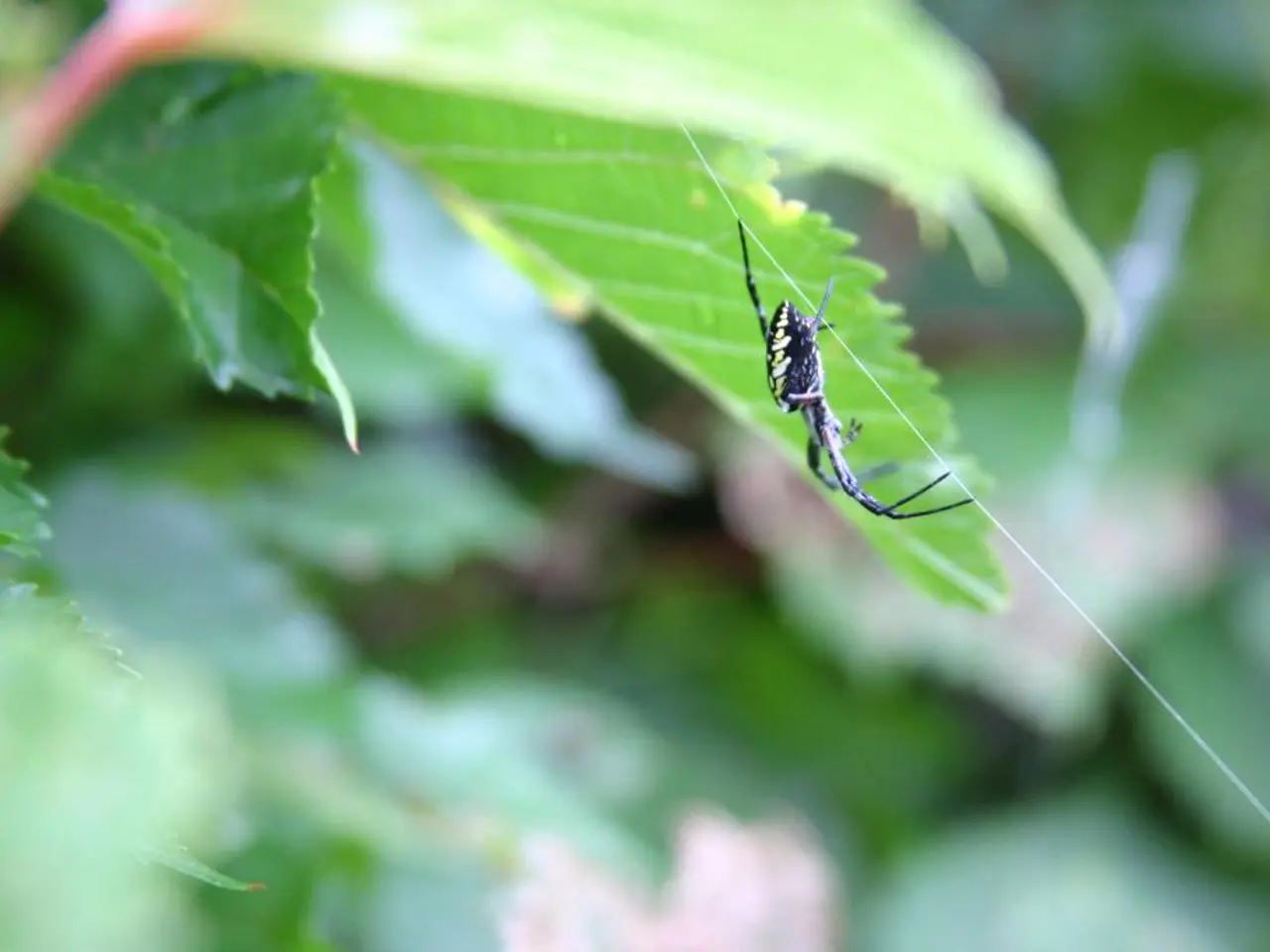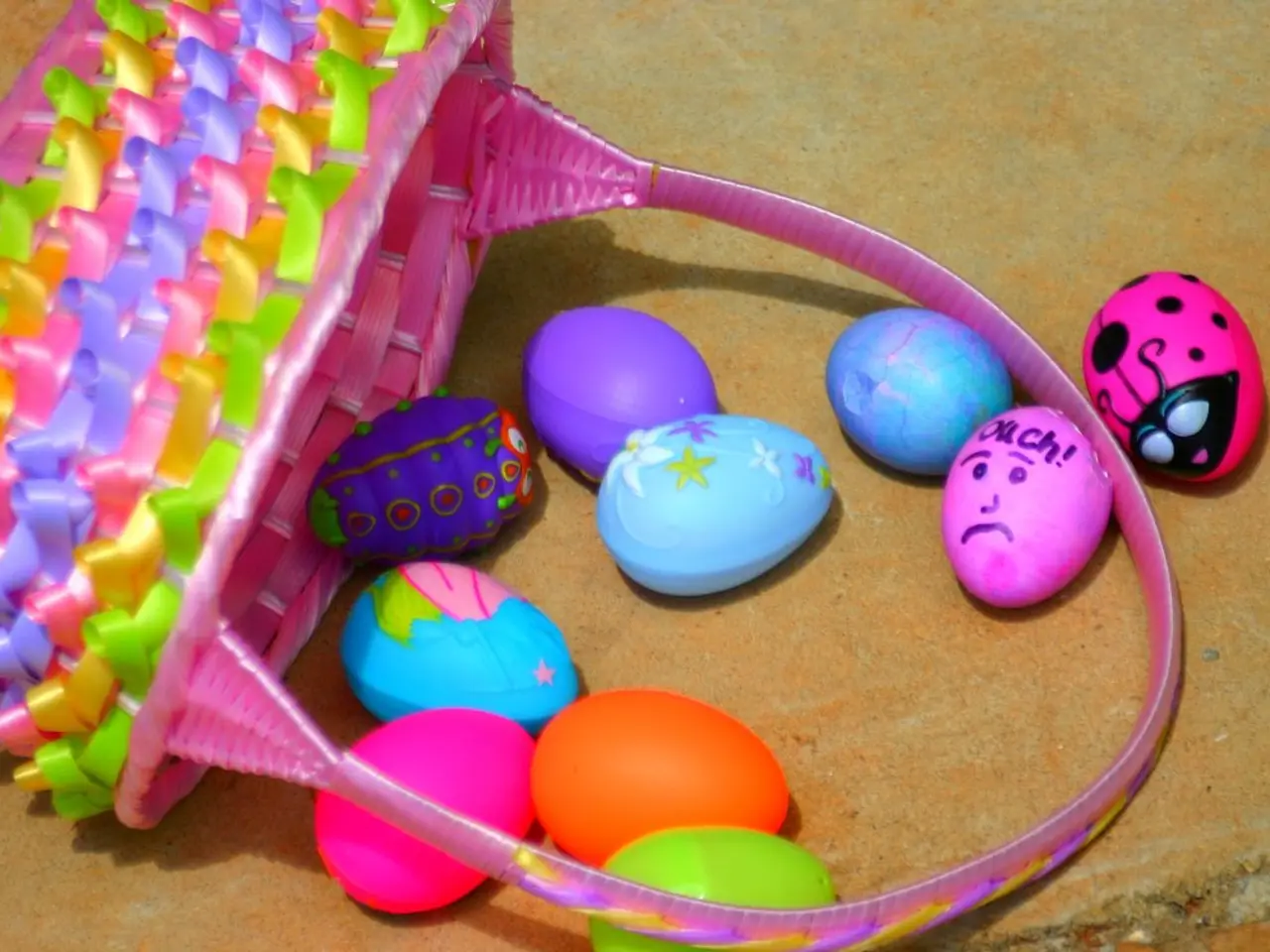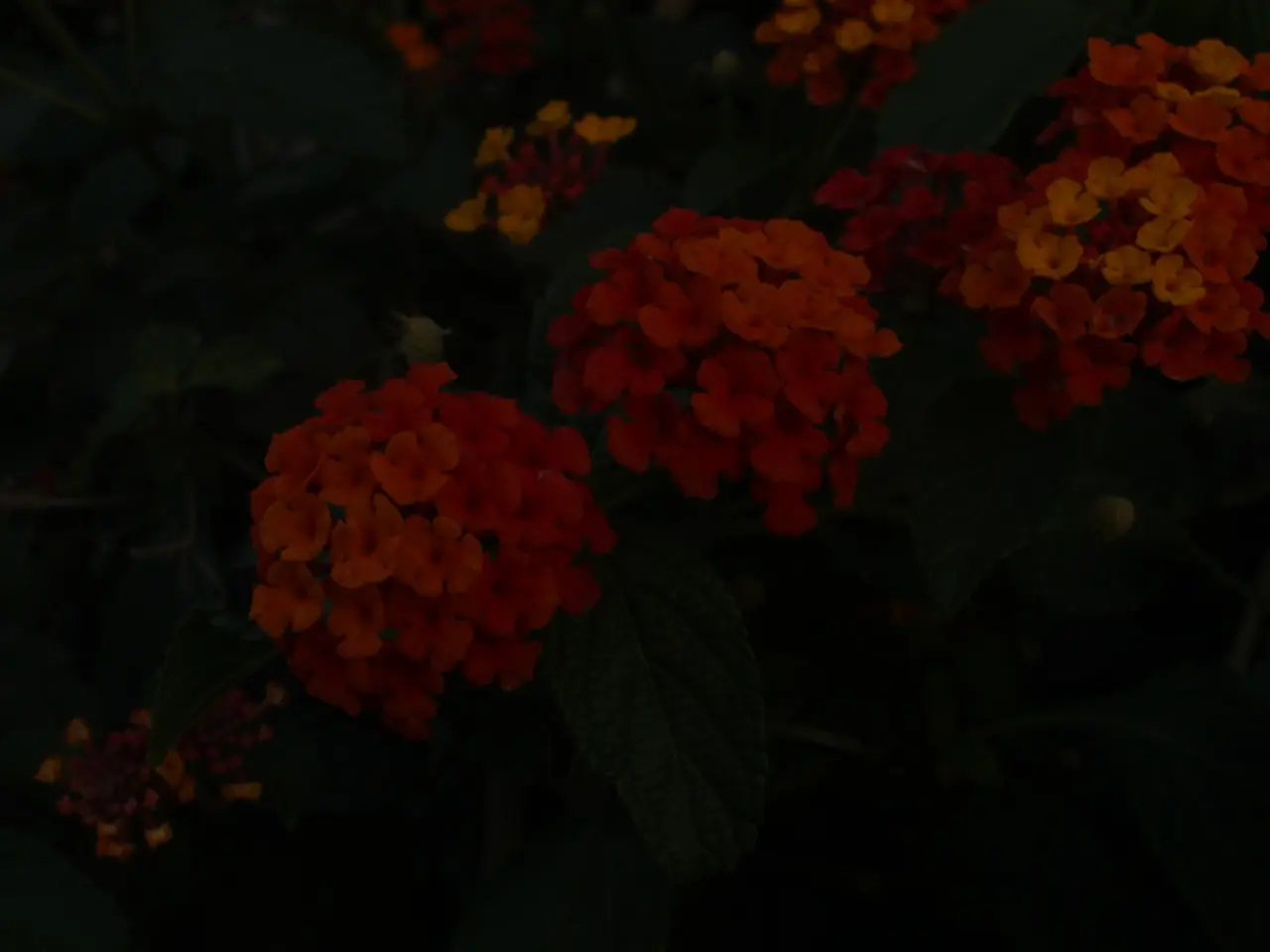Tending to Spider Plants: Insights on Chlorophytum comosum Care
If you're looking for a low-maintenance, pet-friendly houseplant that can add a touch of green to your home, look no further than the spider plant. Known for its long, arching leaves and cheerful green stripes, this versatile plant is a great choice for both beginners and seasoned plant enthusiasts.
**Lighting and Temperature**
Spider plants thrive in bright, indirect light. Avoid placing them in direct sunlight, as it can cause scorching of the leaves. Maintain a temperature between 65°F to 75°F (18°C to 24°C) for optimal growth. They can tolerate temperatures as low as 55°F and as high as 80°F. Place them in rooms with ample indirect light, such as living rooms or hallways, and avoid placing them near cold windows or drafty areas.
**Containers and Soil**
Use containers with good drainage holes to prevent waterlogged soil. A mix of potting soil, orchid bark, and perlite can create a suitable blend. Terra-cotta pots are preferred due to their water absorption properties.
**Watering and Humidity**
Water when the top 1-2 inches of soil feel dry. Spider plants are sensitive to fluoride and chlorine in tap water, so consider using distilled water, rainwater, or letting tap water sit for 24 hours before use. While spider plants can tolerate average humidity levels, they can benefit from a slightly humid environment (around 60% relative humidity).
**Fertilizer**
Use a balanced, slow-release fertilizer during the growing season (spring and summer). Dilute the fertilizer if using a liquid form. Fertilize every two weeks in spring and summer, reduce to once a month in autumn, and stop during winter. Too much fertilizer can lead to brown tips or reduce the production of spiderettes (the plantlets that form on the ends of stems).
**Caring for Spider Plants**
- Spider plants are tolerant of watering every 2 weeks if necessary. - Spider plants should be watered regularly to keep soil evenly moist but not wet. - Spider plants can be propagated from baby spider plantlets or through division. - Spider plants are pet-safe, but it's not recommended to encourage pets to eat any houseplants. - Spider plants are easy to care for. - Spider plants should be kept away from heaters and air conditioners for stable temperatures. - Each white flower on a spider plant dangles on a long stem and can turn into a miniature spider plant (spidie). - Spider plants prefer evenly moist soil, but consistently wet soil can kill them. - Spider plants need good drainage and a neutral pH potting soil. - Fertilizing a spider plant can help it grow faster and stay vital, but too much fertilizer will turn the leaf tips brown. - Spider plants prefer light shade to bright indirect light. - Spider plants often have cheerful green leaves with a white stripe down the center. - Each baby "spidie" develops roots and can be clipped and potted for a brand-new plant. - Spider plants are moderately to fast-growing. - Spider plants produce star-shaped white flowers. - Spider plants prefer medium to bright indirect light. - Low-light areas can suffice, but leaf color and variegations may fade in truly dim areas.
The spider plant, with its long, arching leaves and cheerful green stripes, can sculpturally accentuate various parts of your home and garden lifestyle. To maintain the vibrant appearance of your spider plant, ensure it is placed in rooms with ample indirect light, such as living rooms or hallways, and avoid cold windows or drafty areas.




